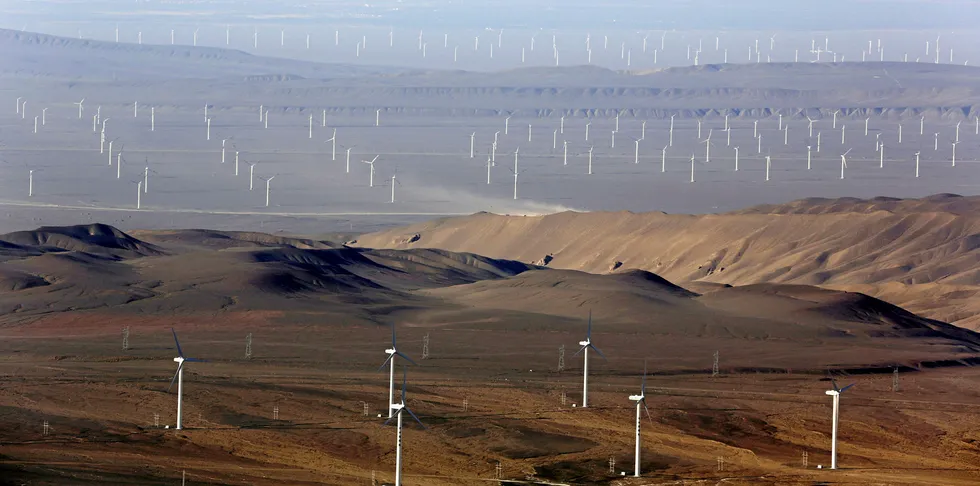Global wind build-out surges but clouds gather over Europe
Chinese energy policy shifts and end of US tax credits underpin upgrade by analyst WoodMac to 76GW/year by 2028

Chinese energy policy shifts and end of US tax credits underpin upgrade by analyst WoodMac to 76GW/year by 2028
